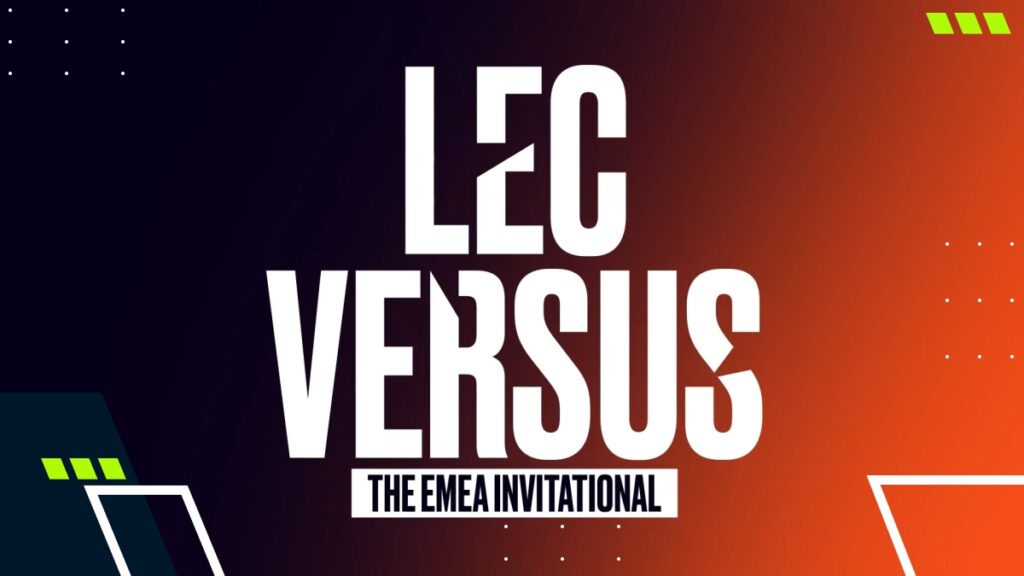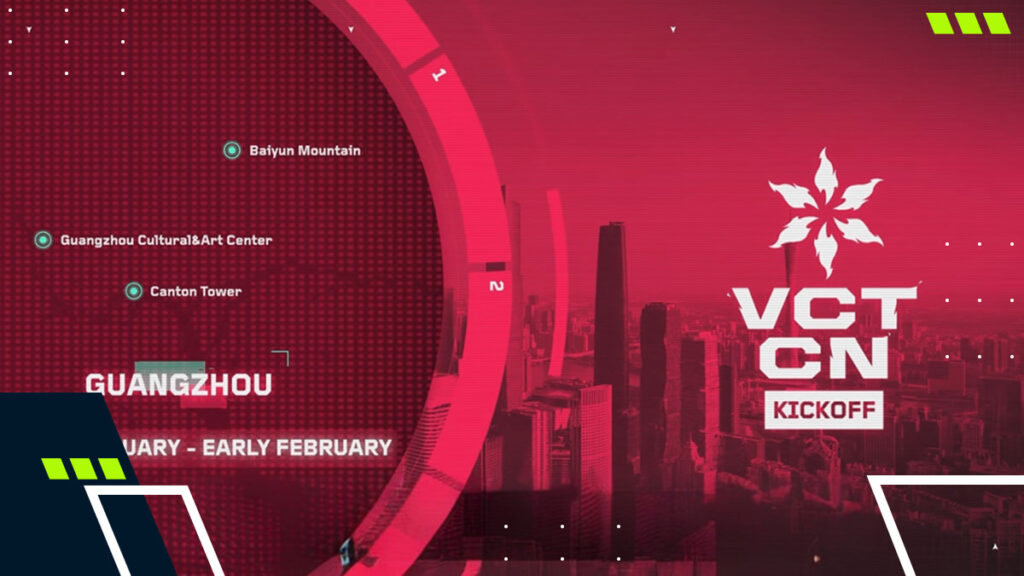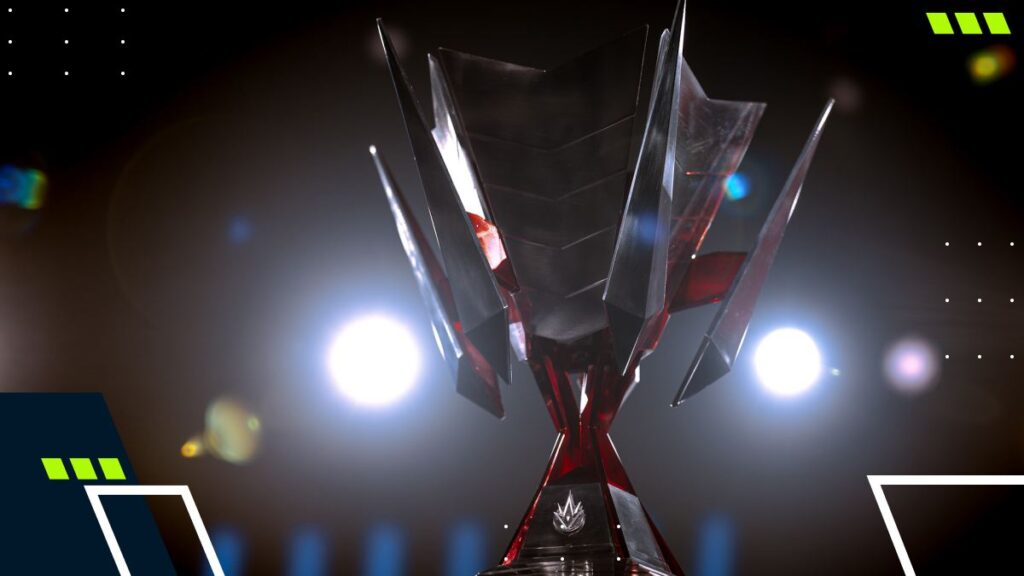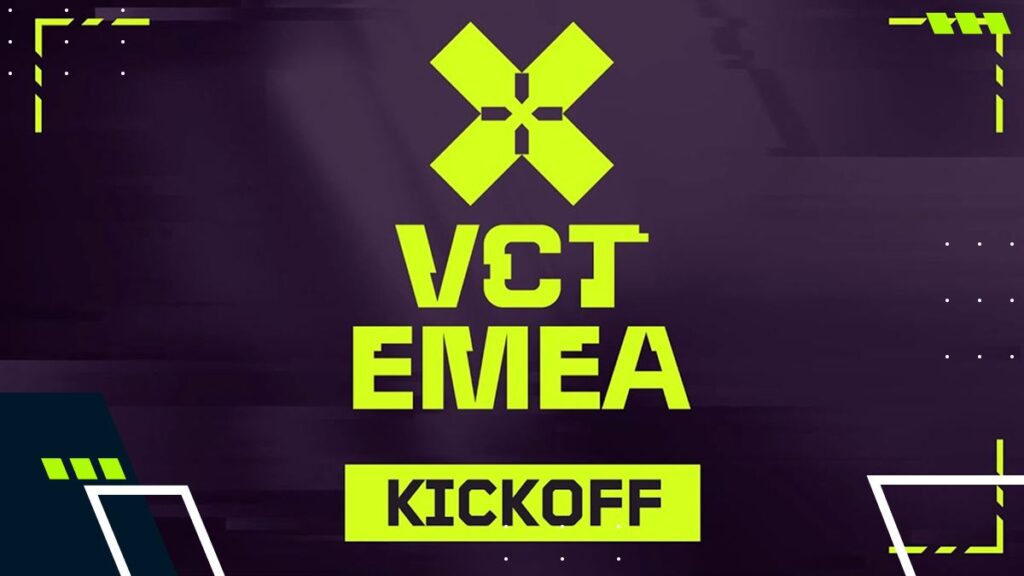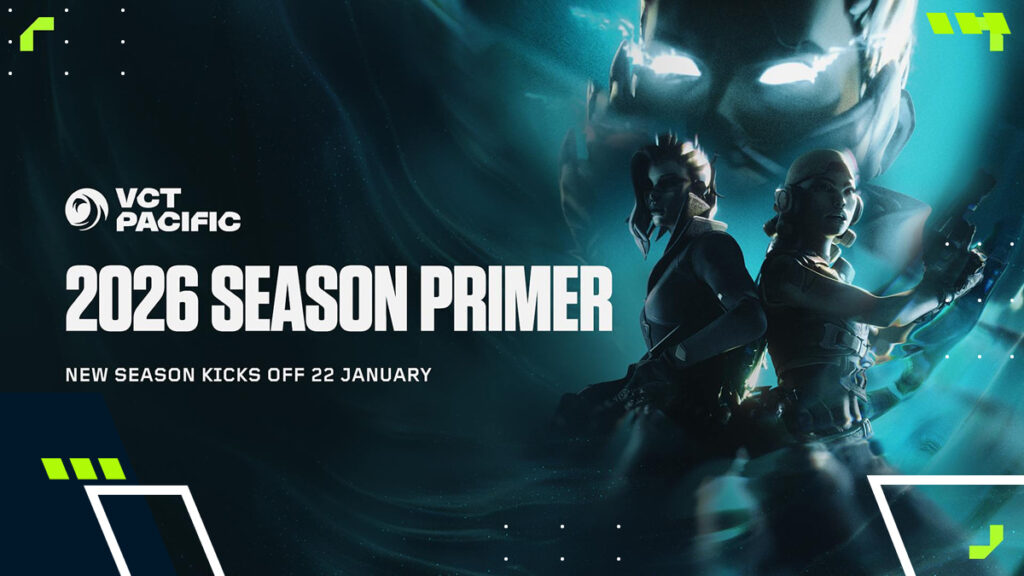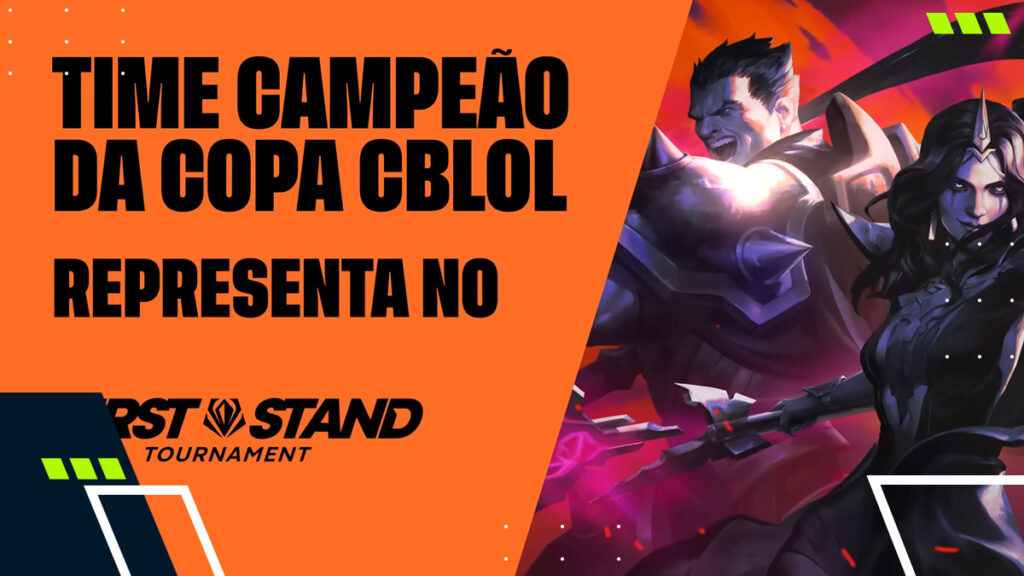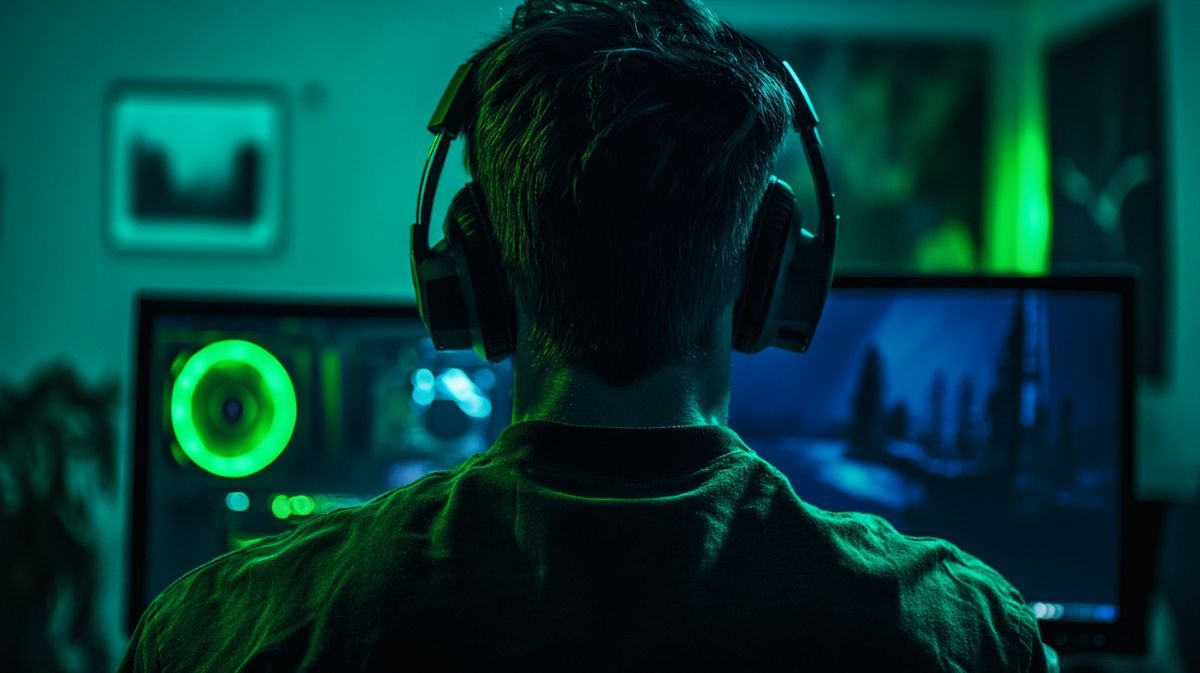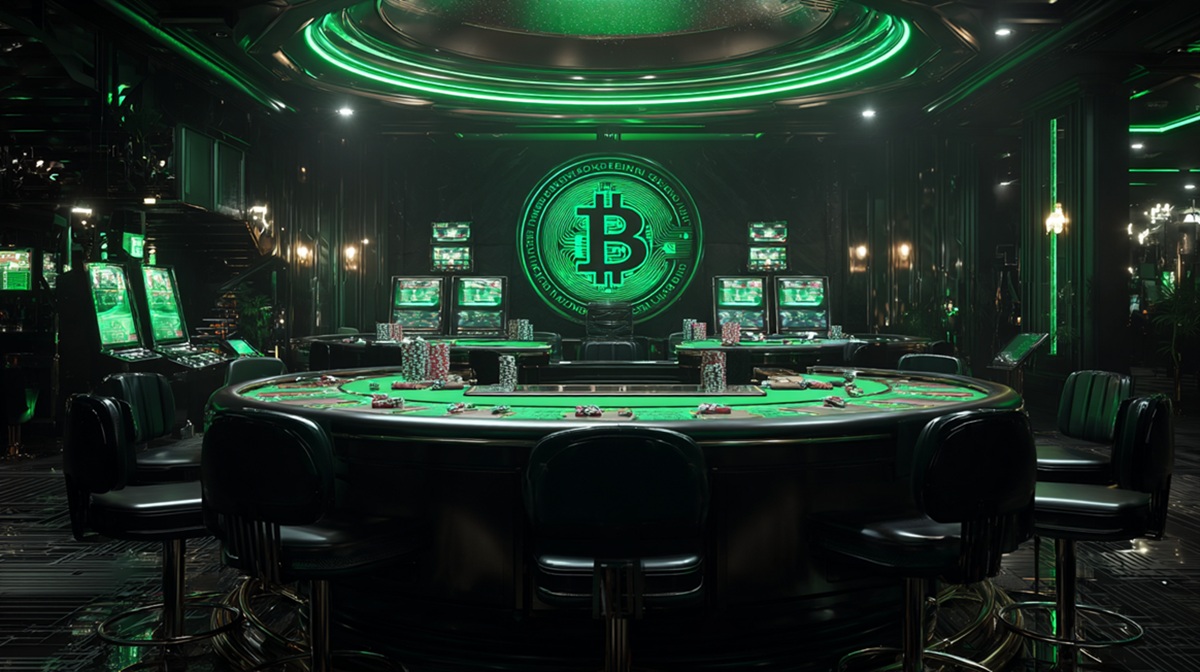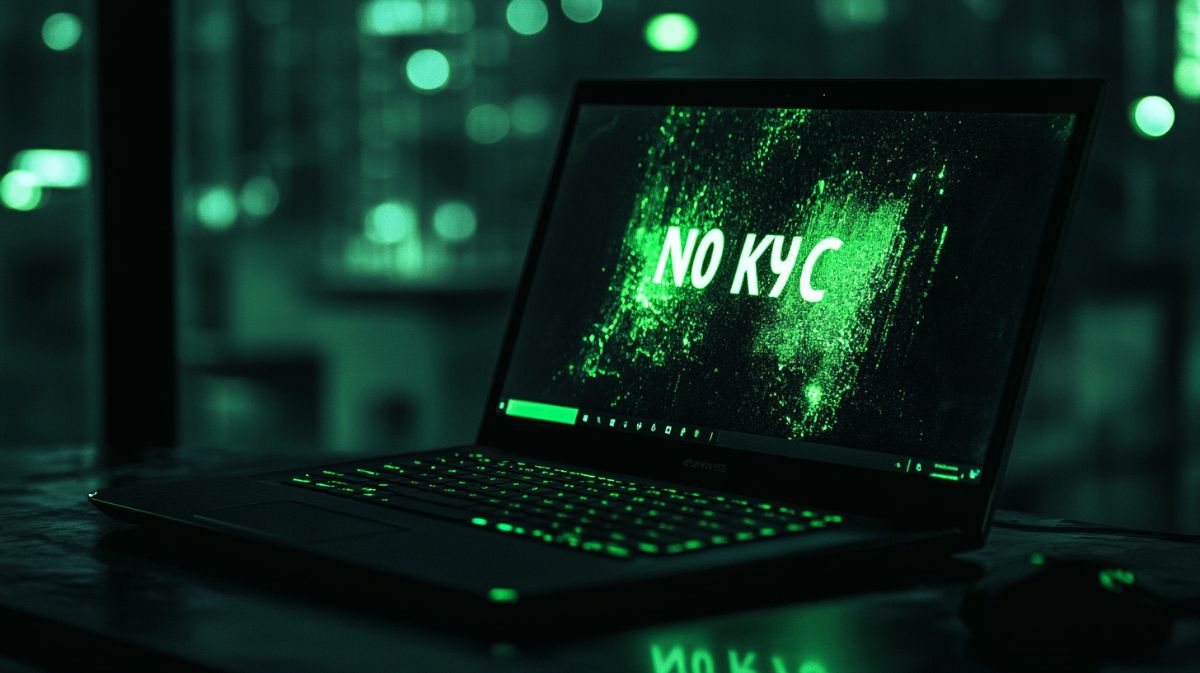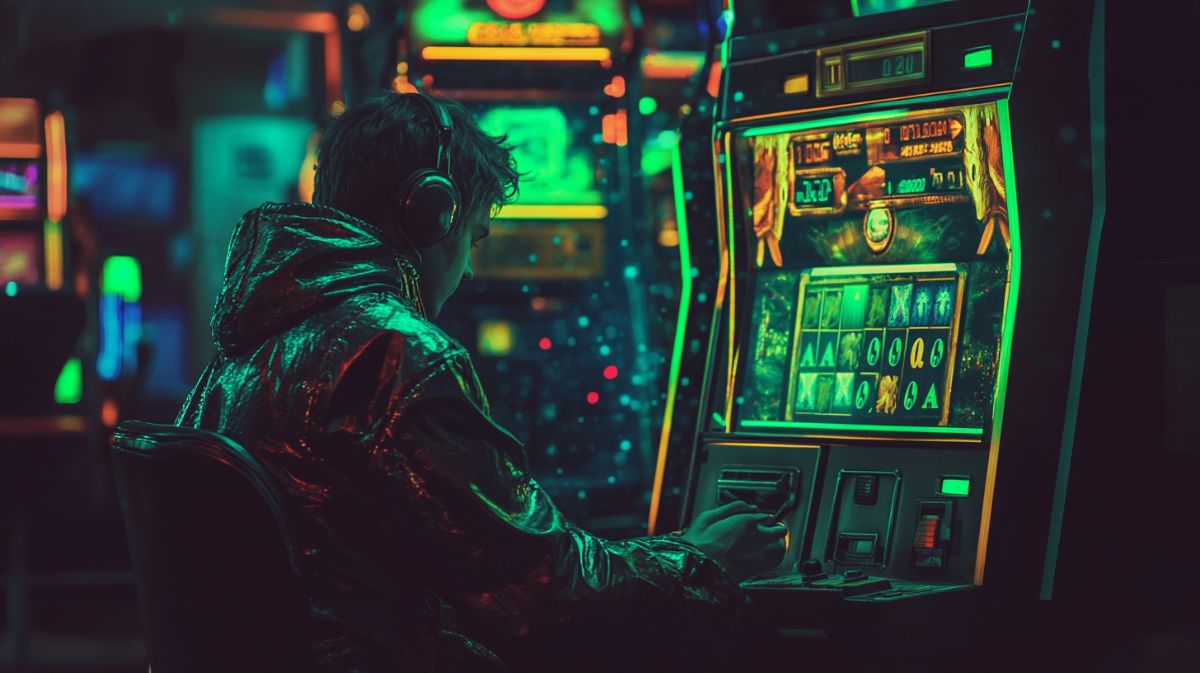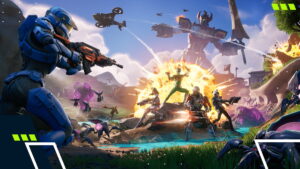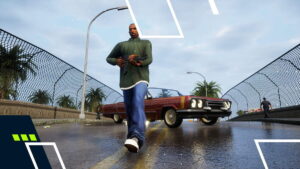StarCraft II Esports Faces An Uncertain Future After EWC 25 – What’s Next?
There was a bittersweet feeling in the crowd at the StarCraft II at Esports World Cup 2025 Grand Final. When Joona “Serral” Sotala lifted the trophy, more than a victory, it felt like the end of a chapter of esports history. The cheers weren’t only for the new world champion, but for the finale of an esport with over a decade of triumphs, tribulations, and unforgettable drama.
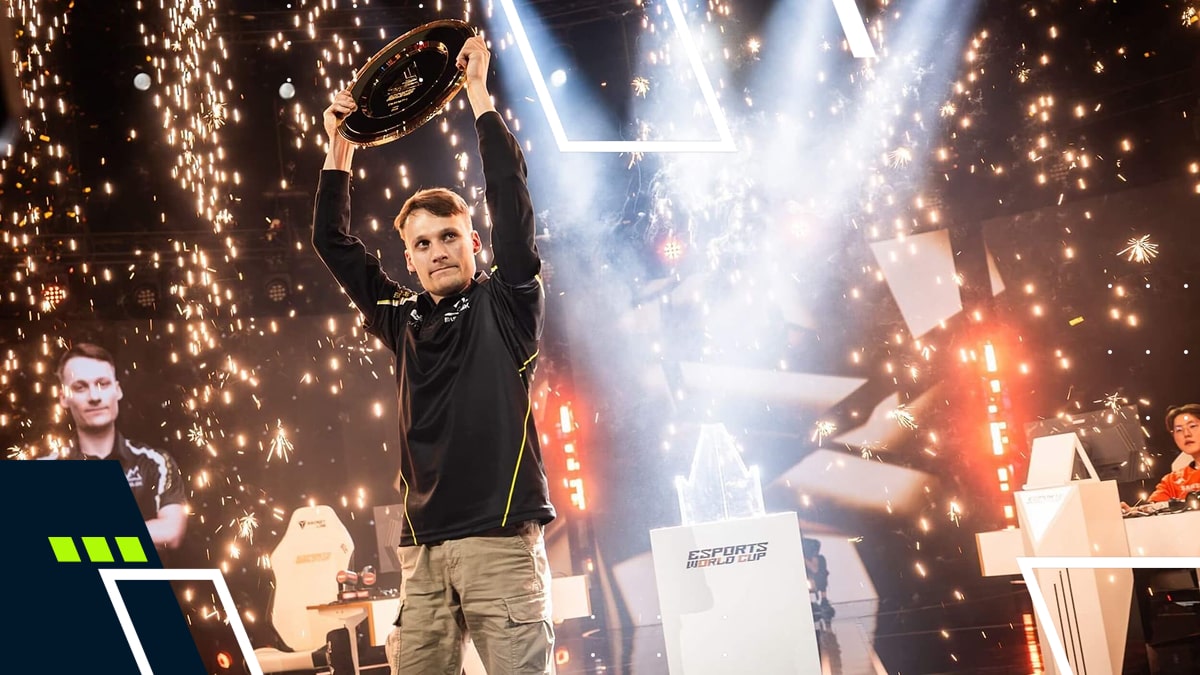
Image source: Esports World Cup/EFG
Last Major, Last Chance: Where StarCraft II Goes From Here
In the days that followed, a stark realisation fell over the StarCraft II community – was the Esports World Cup a final swansong for the decade long esport?
Reddit user u/Remarkable-week-6838 said the next day: “After I watched the last moment of Serral becoming the champion last night, I realised ‘This is going to be the last moment I can see the SC II player lift the Champion Trophy.’
They went further: “I feel like I lost my best friend.”
But before we close the book on elite level StarCraft II esports, it’s worth remembering why it ascended to become one of the world’s biggest esports in the first place.
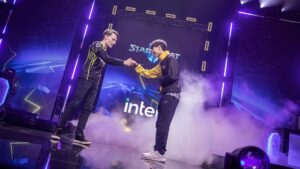
Image source: ESL
StarCraft II’s Prolific Rise
When StarCraft II: Wings of Liberty was revealed to 40,000 Korean fans at the Blizzard Worldwide invitational in Seoul in 2007, it created a tidal wave of hype that the community rode directly into a golden era of StarCraft II esports.
When players got to experience the game, the esports scene grew from where its predecessor left off, surging in popularity and reaching unprecedented heights.
Its global appeal was fueled by fierce rivalries that kept the scene alive and hungry for more. Clashes between the likes of Mun “MMA” Seong-won versus Jung “Mvp” Jong-hyun, and Cho “Maru” Seong-ju versus Lee “Life” Seung-hyun became legendary and would give the community numerous memorable matches to look back on, it fueled the fans anticipation that stretched across continents. Fans craved the next moments of brilliance, the next upset, the next showdown, and for years that is exactly what they got.
Crowds roared at every LAN, and BlizzCon became almost a pilgrimage for StarCraft II faithful.
In Korean names like Mvp, Lee “INnoVation” Shin-hyungand Maru became icons, while international challengers like Ilyes “Stephano” Satouri, Alex “Neeb” Sunderhaft and Serral proved to the world that the Korean strangle hold was far from unbreakable. Every match carried a knife edge tension, where months of preparation could crumble with even a short lapse in concentration.
One of the defining features of StarCraft II’s golden era was the unwavering passion of both fans and players. Competitors would spend days, sometimes weeks, perfecting strategies and refining every aspect of their gameplay to prepare for their next match. Meanwhile, fans organized local viewing parties and shared their enthusiasm online, building vibrant communities around the game. This collective dedication sustained the professional scene through its highs and lows, fostering lively discussions that enriched the experience of watching StarCraft II esports.
StarCraft II’s ‘golden era’ was more than just a chapter in esports history, it was a saga that is now etched in the memories of all those there to experience it.
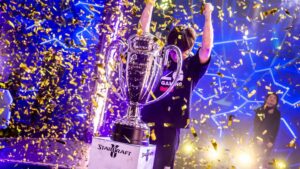
Image source: ESL
The Decline of SC2
However, when you reach the summit, the only way is down. SC2 gradually experienced a decline in the scale and frequency of major events. Blizzard’s investment in major tournaments decreased and the spotlight shifted to other newer titles. While StarCraft II’s fan base remained dedicated and its community steadfast in its support, that couldn’t stop the steady decline in the number of S-tier events.
The shift impacted prize pools, viewership numbers and the available opportunities for professional players to compete on the biggest stages.
Despite these changes, grassroot tournaments like the Rookie WarGate Invitational and online leagues such as RSL Revival have helped prop up the competitive community and keep the competitive spirit alive, proving the resilience and passion of the fandom.
Though the game no longer dominates the headlines as it once did, its legacy is firmly rooted in the foundations of competitive gaming.
With the StarCraft II’s event at the 2025 Esports World Cup coming to an end, we may have seen the last of the S-tier StarCraft II competitions, since the StarCraft II World Tour has been cancelled by ESL and there has been no announcements for future S-tier events.
But while the glory days may be behind us, the game will continue to have a passionate community driving the competitive scene forward.
Professional players will continue to compete fiercely, not just online, but at A and even B tier events around the world. Newer players will grow through the Grassroots competitions that spring up around the world. Community driven events show the communities enduring commitment to the game from both players and fans.
What’s Next for SC2?
Content creators and streamers also play a vital role in keeping StarCraft II visible and accessible. Though the game’s complexity can be daunting for newcomers, these voices attract both fresh players and returning veterans. StarCraft II’s intricate mechanics and strategic depth offer a unique, compelling experience that is challenging yet rewarding which stands apart in esports.
StarCraft II’s legacy is not only preserved through ongoing competition but through its influence on all of esports. SC2 paved the way for modern esports, the popularity of SC2 allowed for the rise of other modern games. The high level gameplay and rivalries have inspired hundreds-of-thousands of players to try StarCraft II for themselves.
Though the long history of majors in SC2 is behind us, and the Esports World Cup could be the last S-tier event the game will see, StarCraft II will continue to live on, through the grassroots efforts set up by the community, and through the memories of all the players and fans that were there to witness the golden era.
It will live on through its impact on the entire esports scene, it will live on through the smaller tournaments from local level up to regional competitions.
And through its community that have remained faithful for over a decade.
While the game may have faded from the limelight, its golden age will be remembered for a long time to come.

